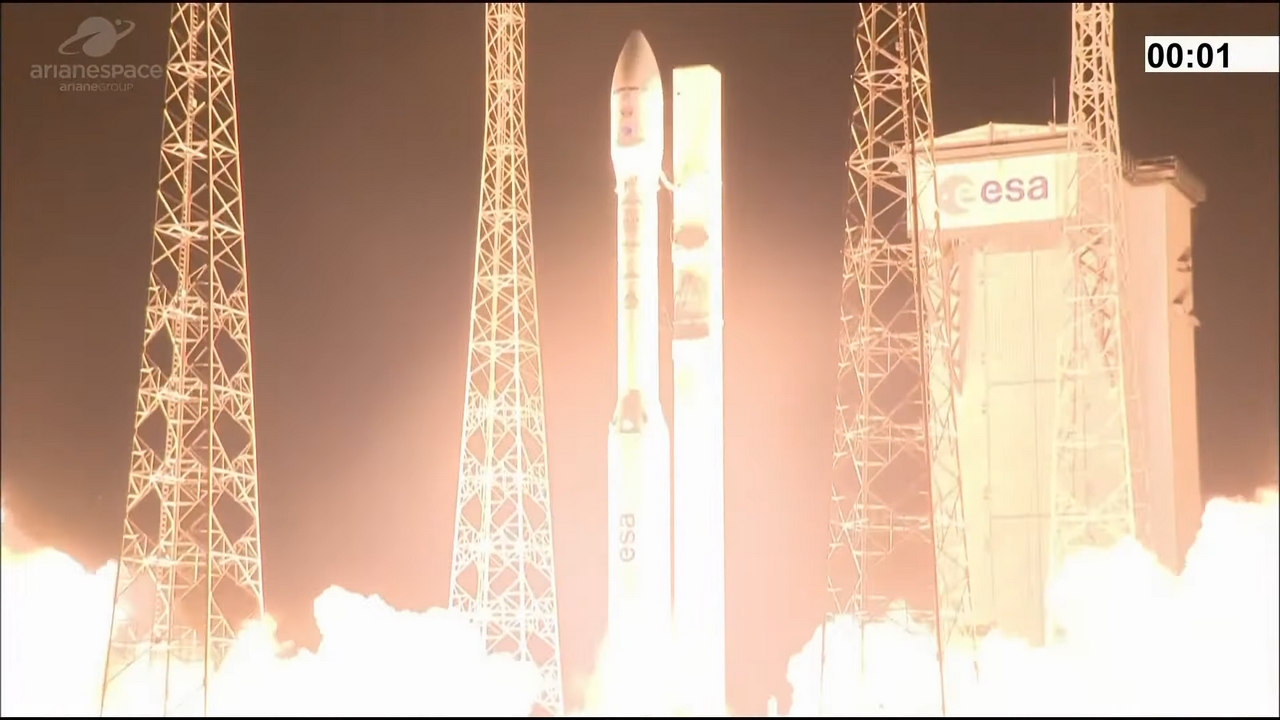Vega rocket crashed: analysis of the independent commission concluded
Source: HW Upgrade added 18th Dec 2020
In the second half of November 2020 the failure of the launch of the Vega vector by the Italian Avio had raised some concerns about the future of this kind of rockets. Now the independent commission has given its verdict.
by Mattia Speroni published 18 December 2020 , at 22: 01 in the Science and Technology channel
ESA
Last month the launch of the Ariane Vega VV rocket failed 17 which led to the loss of the useful load. We immediately tried to understand the problem that had led to losing the correct flight path and subsequent crash to the ground. To get an impartial picture of what happened, an independent commission was appointed chaired by Daniel Neuenschwander (Director of Transport space in ESA). The official conclusions of this analysis have now been announced.
According to reports, the first three stages had no problems during their operation. The malfunction occurred when the upper stage of the AVUM (acronym for Attitude Vernier Upper Module) was turned on after 8 minutes from take-off. At that point the trajectory was no longer nominal and the rocket fell to the ground, destroying and destroying the payload.
The reasons for the failure of the launch of the Vega rocket
The independent commission confirmed the causes that had been identified At first. Everything has been included in a detailed report with the relative conclusions explaining both the technical problem and the lack of detection in the procedures before the flight.
The cause of the failed launch of the Ariane Vega VV rocket 17 is not given by a design problem. Instead, the incorrect connection of the wiring for the control of the electromechanical actuators of the AVUM Thrust Vector Control is confirmed.
Due to the inversion of the steering commands it was impossible for the rocket maintain the nominal trajectory once the AVUM has started the ascent phase. Inconsistencies were then found between the specific requirements and the prescribed checks that ensured that this constructive anomaly was not detected.
The commission then drafted a series of recommendations of a provisional nature and permanent so that no more accidents like that of the Ariane Vega VV rocket 17 . The two Vega launchers that will be launched soon will undergo an overhaul to check their assembly (just following the recommendations).
Avio , the Italian company that produced the launcher, will therefore follow the new directives under the supervision of Arianespace and by ESA . If all goes as planned, this will allow us to launch the new Vega VV rocket 18 in the first quarter of 2021 from French Guiana.
Daniel Neuenschwander (Director of Space Transportation in ESA) stated “the Commission has developed a series of recommendations which, once implemented, they should allow a robust, reliable and even rapid return to the flight of Vega, helping to guarantee autonomy of access to the European space “.
